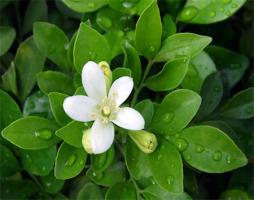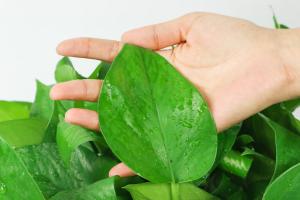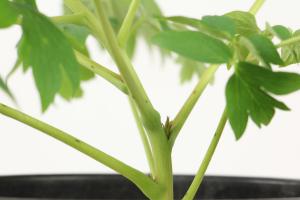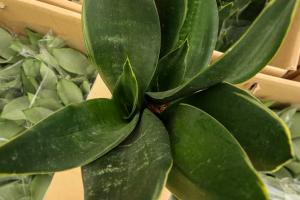Introduction
Frost occurs when the temperature dips below freezing point and causes the water in plants to freeze, which can damage the plant tissue. Newly planted trees are particularly vulnerable to frost, as they have not yet developed a strong root system to withstand it. In this article, we will take a closer look at how frost affects newly planted trees and how to protect them from its harmful effects.
What happens to newly planted trees during a frost?
Newly planted trees are more susceptible to frost damage because they have not yet developed a robust root system or strong enough cell walls to resist freezing temperatures. When the temperature drops below freezing, the water inside the sap of the tree will freeze and expand, causing the cell walls to burst. This can damage the delicate tissues of the tree and prevent it from thriving properly, leading to stunted growth or even death.
Signs of frost damage on trees
The signs of frost damage on newly planted trees can range from minor to severe. In minor cases, the foliage may wilt or discolor, and the tips of the branches may die back. In more severe cases, the bark of the tree may split or crack, and the tree may fail to produce new growth. If left untreated, frost damage can weaken the tree over time, making it more susceptible to pests and disease.
How to protect newly planted trees from frost damage
The best way to protect newly planted trees from frost is to take preventative measures before the frost sets in. Here are some tips to help you get started:
- Water your trees deeply and regularly in the fall. This will help to promote healthy root growth and ensure that they have plenty of moisture to withstand the cold weather.
- Apply a layer of mulch around the base of the tree. This will help to insulate the soil and reduce water loss, which can help protect the roots from frost damage.
- Wrap the trunk of the tree in burlap or another protective material. This can help to shield the tree from the cold and wind, which can further damage the delicate tissues.
- Use a frost blanket or other protective cover to shield the tree from frost damage. These covers are available at most garden centers and can be draped over the tree to provide an extra layer of insulation.
By taking these steps, you can help protect your newly planted trees from frost damage and ensure that they continue to thrive and grow for years to come.
Conclusion
Newly planted trees are particularly vulnerable to frost damage, but with the right protection, you can help them survive and thrive. By taking preventative measures, such as watering regularly and providing insulation, you can help your trees survive the cold winter months and emerge healthy and strong come spring. With a little bit of care and attention, your newly planted trees will be well on their way to becoming the beautiful and fruitful specimens you always dreamed they could be.

 how many times do yo...
how many times do yo... how many planted tre...
how many planted tre... how many pine trees ...
how many pine trees ... how many pecan trees...
how many pecan trees... how many plants comp...
how many plants comp... how many plants can ...
how many plants can ... how many plants and ...
how many plants and ... how many pepper plan...
how many pepper plan...































